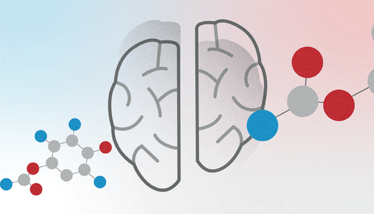Honey, I Shrunk the Molecules
Does microRNA-132 have therapeutic potential against Alzheimer’s disease?
Jamie Irvine | | 2 min read | News

Researcher’s from the Netherlands Institute for Neuroscience and the VIB-KU Leuven Center for Brain and Disease Research have shown that microRNA-132 can significantly affect different brain cells, with potential implications for Alzheimer’s disease (1).
MicroRNA is an example of a non-coding RNA molecule. Despite their small size, microRNAs can exert significant influence by binding to RNA molecules, subsequently affecting gene and protein expression. Disrupted microRNA profiles are commonplace for patients with Alzheimer’s disease – particularly, when it comes to microRNA-132. Previous studies have also suggested that increased levels of microRNA-132 result in the generation of new brain cells and improved memory in mice.
The study’s most significant finding suggests that microRNA-132 also influences microglia and affects neuroinflammation. “We know that microRNA-132 performs various functions in neurons, but, surprisingly, we found that this microRNA also plays a role in microglia, the immune cells of the brain. This is interesting in the case of Alzheimer's because we believe that neuroinflammation plays a significant role,” Amber Penning, co-author and student at the Netherlands Institute for Neuroscience, said in a press release.
“When we increase microRNA-132 in these microglia, we observe a shift from a disease-associated state to a more balanced homeostatic state. We see this result in both mouse brain and human cell lines. However, whether this change is positive or negative requires further investigation through follow-up experiments.”
Though many researchers believe that the amyloid protein is the primary cause of Alzheimer’s disease, inflammation and another protein called tau also appear to play important roles. In mice, microRNA-132 has shown positive effects on both amyloid and tau pathologies. Although, the precise mechanisms through which these effects are achieved remain unknown.
For now, the team is working on a potential therapeutic approach that involves increasing microRNA-132 levels in Alzheimer’s patients. Penning adds that other neurodegenerative disorders also exhibit a decrease in the same microRNA, which suggests the findings of the study could translate to a broader spectrum of diseases and conditions.
- H Walgrave, et al., “microRNA-132 regulates gene expression programs involved in microglial homeostasis“, iScience, 26, 6 (2023). DOI: https://doi.org/10.1016/j.isci.2023.106829
Associate Editor, The Medicine Maker



















